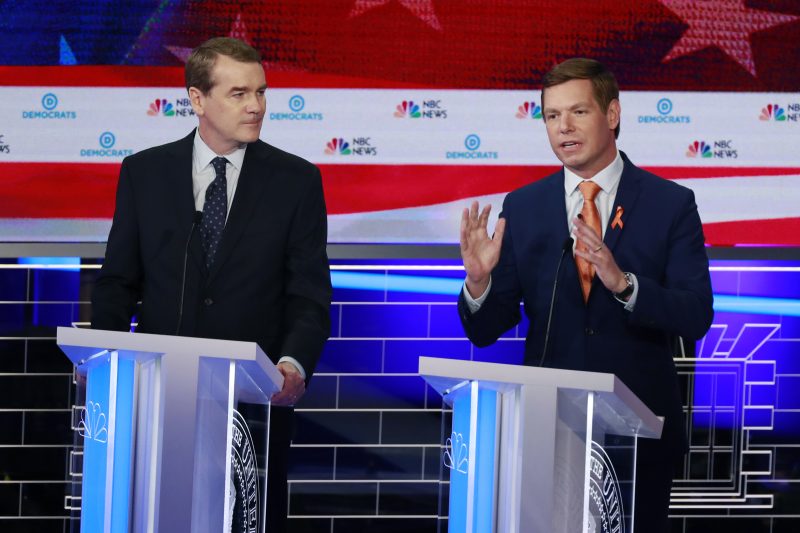In the ever-evolving landscape of American politics, the issue of passing the torch to younger leaders within the Democratic Party continues to be a significant challenge. Despite calls for generational change and diversity in leadership, Democrats have struggled to fully embrace and empower their rising stars. The failure to effectively transition power to a new generation of leaders has the potential to hinder the party’s ability to connect with younger voters and adapt to a rapidly changing electorate.
One of the key reasons for the Democrats’ struggle in passing the torch is the entrenched power structures within the party. Long-serving members, often representing the old guard, may be reluctant to relinquish their positions of authority and influence. This reluctance can create a bottleneck that prevents younger leaders from ascending to positions of greater prominence within the party. Additionally, the fear of losing the wisdom and experience of veteran politicians may lead to a hesitancy to fully embrace younger leaders.
Furthermore, the lack of a clear succession plan within the Democratic Party has contributed to the difficulty in passing the torch. Unlike some other political parties that have well-defined processes for identifying and grooming future leaders, the Democrats have not established a cohesive strategy for transitioning power to the next generation. This absence of a structured approach can lead to confusion and infighting within the party, further delaying the emergence of young leaders.
Another challenge facing the Democrats in passing the torch is the perception of age and experience as key criteria for leadership. The emphasis placed on seniority and years of service in politics can create barriers for younger, less experienced candidates to break through and establish themselves as viable leaders. This can result in a lack of diversity in leadership and a disconnection with younger voters who may be looking for fresh perspectives and innovative solutions to the issues facing the country.
To address these challenges and successfully pass the torch to younger leaders, the Democratic Party must undertake a deliberate and strategic effort to cultivate the next generation of leadership. This process should include mentorship programs, leadership training initiatives, and opportunities for younger members to take on greater responsibilities within the party. Additionally, senior leaders must be willing to step aside and provide space for new voices to be heard and respected.
In conclusion, the issue of passing the torch to younger leaders within the Democratic Party remains a complex and ongoing challenge. Overcoming entrenched power structures, establishing a clear succession plan, and redefining the criteria for leadership are essential steps in ensuring that the party can effectively connect with younger voters and adapt to a changing political landscape. By embracing and empowering a new generation of leaders, the Democrats can position themselves for long-term success and relevance in American politics.

